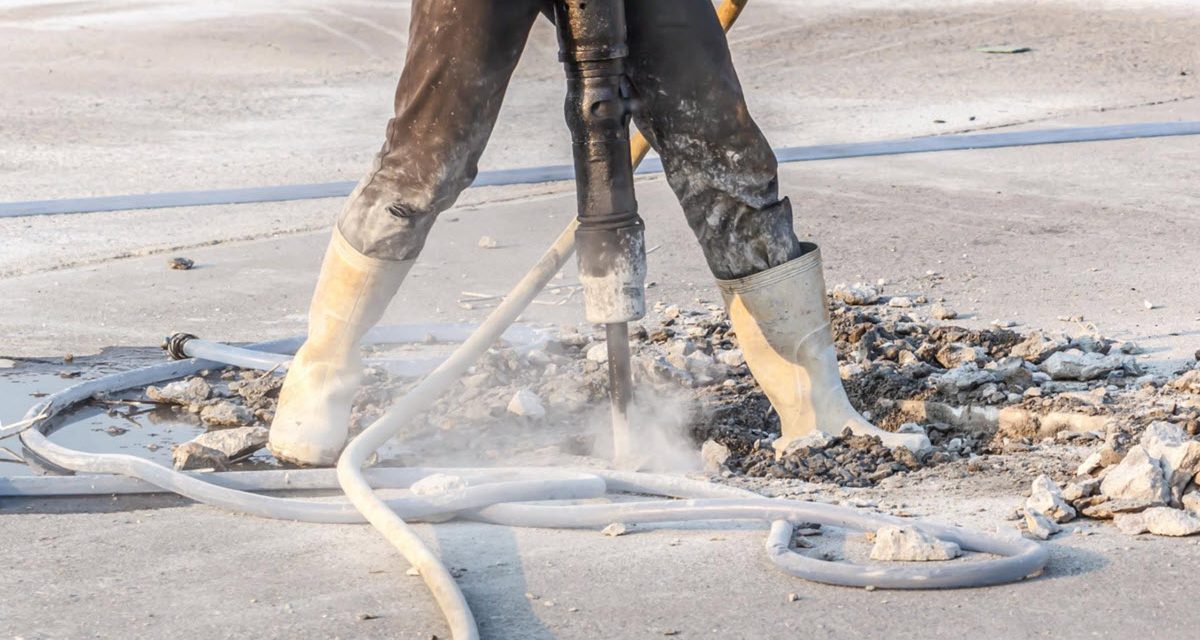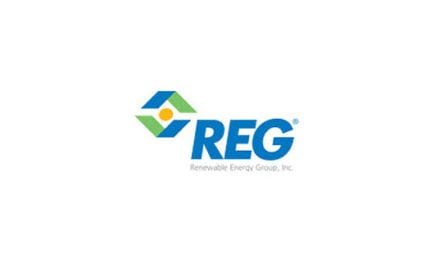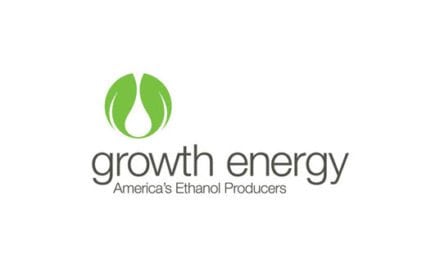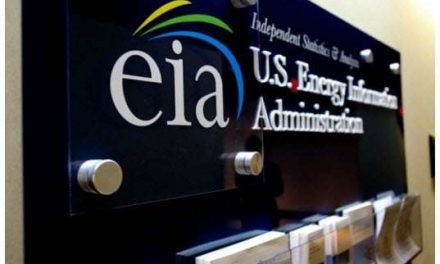The time may be right to update aging USTs and related components.
By Ed Kammerer
The funny thing about time is that it can be both interminably long or pass in the figurative blink of an eye. When it comes to the installation and operation of underground storage equipment and systems at retail-fueling sites, the passage of time seems much quicker than it should be.
If you were a retail fuel-site owner or operator in the United States in 1998, that was the year the underground storage tank system at your location needed to become compliant with 40 CFR, Part 40, the regulation developed by the U.S. Environmental Protection Agency to govern the storage of hazardous materials in USTs.
UST systems by nature give off an “out of sight, out of mind” vibe, and now we are approaching the 30-year expiration deadline for most UST manufacturers’ product warranties. Once these USTs are out of warranty, they become more difficult to insure, and owners who can obtain insurance for them may face much higher premiums.
In the October 28, 2021, issue of the Petroleum Equipment Institute’s Tulsa Letter, Rick Long addressed this looming situation. He noted that according to the EPA’s UST Finder Tool, more than 150,000 USTs in North America would be out of warranty by 2030. The first suggestion from insurance carriers “is for owners of aging USTs to install new tanks.” For those owners who may not be willing to or are incapable of installing new USTs, one of the insurers’ additional suggestions is to “install new piping, sumps and spill buckets.”
The Time Is Now
It is the perfect time to assess the age and condition of UST systems and, if necessary, plan capital outlays for the upcoming 12 months, which may include UST system replacement or retrofit.
That may be easier said than done, though, as a lot of other things have changed in the retail-fueling industry since 1998. The most obvious is that the fuel menu has expanded to include multiple grades of gasoline with differing percentages of ethanol, from E5 to E85. Ultra-low-sulfur diesel was not available prior to 1998, but it is now a staple at many retail-fueling sites. Alternative fuels, from ethanol to biodiesel, are also being offered at more locations as vehicle manufacturers expand their rosters of hybrid vehicles.
The great unknown with these new gasoline, diesel and alternative-fuel formulations is how they are reacting with or affecting the performance of USTs and their components installed in the ground before the formulations even existed. As an example, after ULSD was introduced to the motor-fuel pool, it reacted adversely with Buna-N (nitrile) rubber, which is commonly used in fueling systems, meaning that it had to be replaced with a substance fully compatible with ULSD.
The end goal in every fuel-storage application is to ensure that the fueling site’s UST system achieves and maintains the highest level of fuel storage, dispensing and containment performance. There is nothing worse for a fuel-site operator than to find out that a leaking UST, tank sump or piping connection has contaminated the local groundwater supply, the repercussions of which can be costly and far-reaching from both a financial and reputational perspective.
To Break or Not to Break
As fuel-site operators assess the state of their UST systems, here are some things to consider before breaking up forecourt concrete to install a new UST, plus system components like piping, sumps, spill buckets, overfill valves, manholes, etc.:
- Verify that all UST-system tanks and components are certified by Underwriters Laboratories.
- Consider sourcing all components from a single manufacturer, rather than creating a “Frankenstein’s monster” of different parts from different suppliers to ensure that you create a fully integrated UST system designed to work seamlessly together.
- Make sure all new USTs and their components are fully compatible with current and future fuel formulations, blends and additives, including alcohol blends from E5 to E85, ULSD and biodiesel.
- Install UST-system equipment that is testable, repairable and maintainable from ground level with no need to break concrete in order to access or replace the components; this will optimize fuel-site uptime while controlling costs.
- Where possible, identify and deploy plug-and-play fueling systems that employ prefabricated, factory assembled and tested components that lower field labor and associated costs, while reducing the risk of installation errors.
Leading manufacturers of UST components and systems are well aware how important it is that their products operate reliably and safely throughout their service life, even though they are hidden away underground. These manufacturers strive to offer industry-standard families of dispenser, tank and transition sumps, piping systems, entry fittings, multiports, manholes, overfill-prevention valves, spill buckets/containers, emergency shear valves and pressure vacuum vents. This allows fuel-site operators to create a UST system with compatible components from the same manufacturer, which results in less downtime and lower maintenance, repair and replacement costs, all while improving the operator’s peace of mind.
While our perception of the passage of time can change as the situation changes, there’s no question that 24 years is a long time for UST systems to be operating. One of the ways to avoid exorbitant repair, replacement or remediation expenses that can be caused by aging UST systems that are approaching end-of-warranty status is to take stock of the system’s condition. Petroleum equipment manufacturers are ready to assist by offering components designed to operate seamlessly with each other, allowing for the creation of a fully integrated system that optimizes long-life performance, cost, uptime, safety and regulatory compliance.
 Ed Kammerer is the director of global product management for OPW, based in Cincinnati, Ohio. He can be reached at [email protected]. OPW delivers product excellence and a comprehensive line of fueling equipment and services to retail and commercial fueling operations around the globe. For more information, go to www.OPWGlobal.com.
Ed Kammerer is the director of global product management for OPW, based in Cincinnati, Ohio. He can be reached at [email protected]. OPW delivers product excellence and a comprehensive line of fueling equipment and services to retail and commercial fueling operations around the globe. For more information, go to www.OPWGlobal.com.





